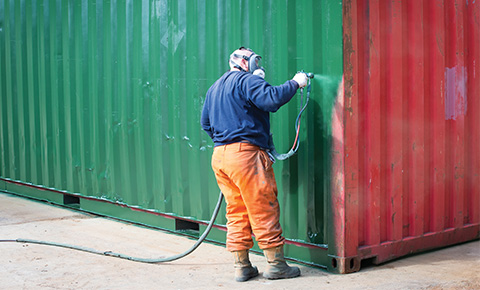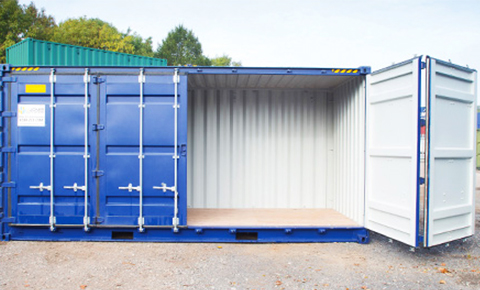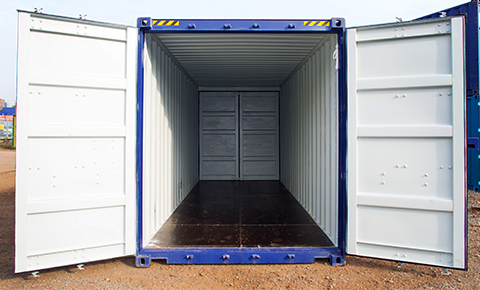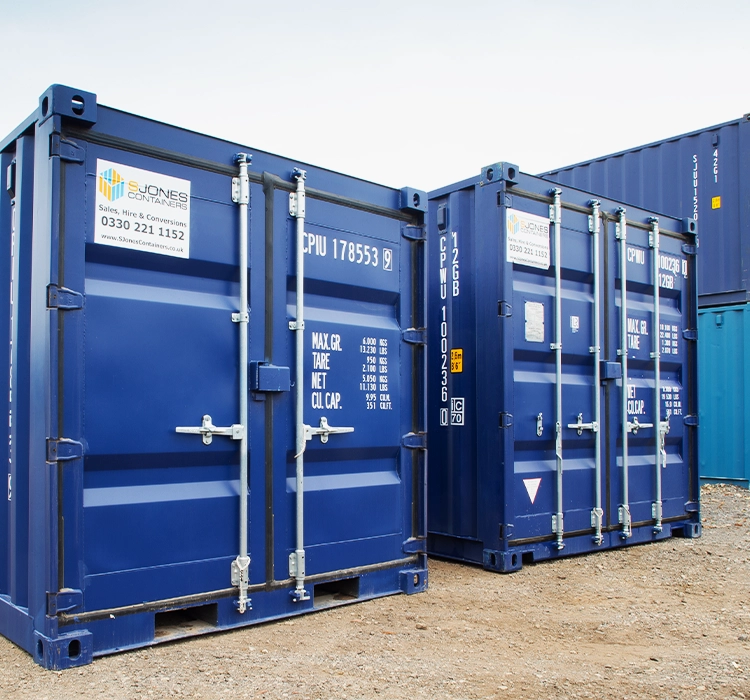Some of our valued customers
Get a Quick Quote
We’ve got single trip (new) and used shipping containers for sale, so there’s options for all budgets and needs. With S Jones Containers you can have confidence in your choice backed by 40 years of experience in providing shipping container solutions.
Learn more about what the differences are between freight, shipping and sea containers are, in our handy guides.
Our Shipping Container Sizes for Sale

8ft Unit

10ft Unit
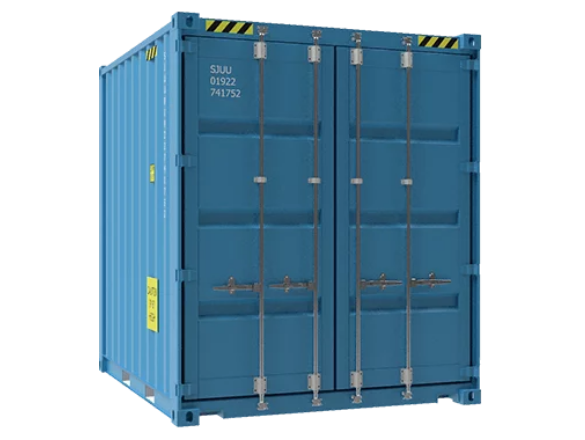
10ft High Cube
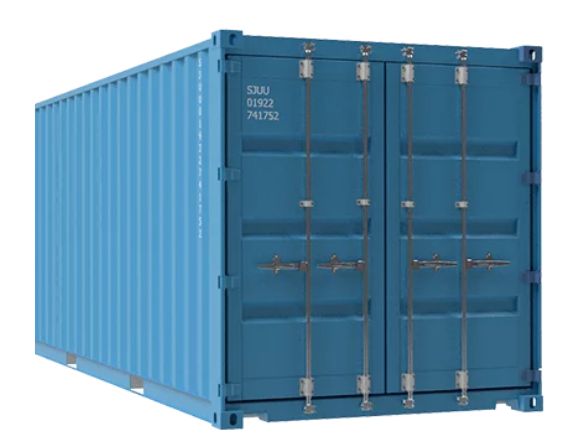
20ft Unit

20ft High Cube

40ft Unit
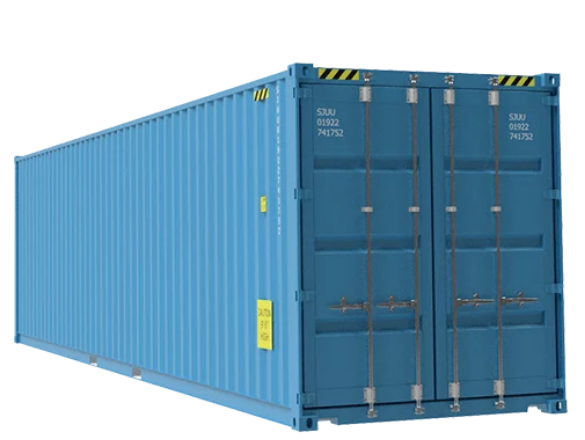
40ft High Cube
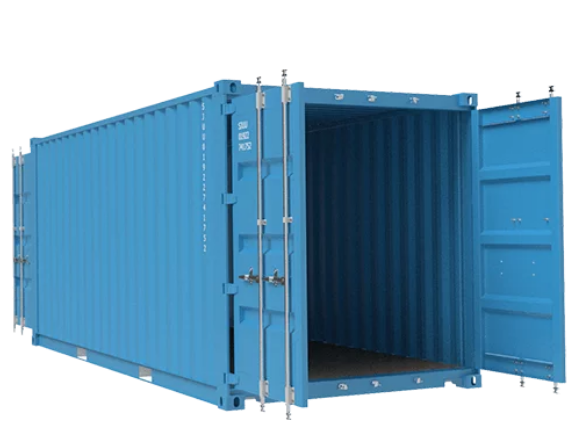
Buying Containers From S Jones
When it comes to sourcing your storage containers for sale, S Jones has the edge when it comes to quality and service.
Fast, flexible delivery
- Delivery by professional-operated crane-fitted lorries
- Delivery times discussed and agreed with customers
- Site surveys for lorry access & container siting are available
Fantastic Prices
- Finance options available – to make buying your shipping container easier
- New and used storage containers for sale – options for all budgets
- Fair & competitive prices with great quality
- We also provide shipping containers for hire if you are looking for shorter-term solutions without the financial outlay
Depots Across the UK
- Our nationwide storage container depots guarantee cost-effective delivery
- Visit our Head Office Depot in the West Midlands for an in-house factory tour
- Fast delivery across the UK
Customer recommended
- 98% of customers would recommend our storage containers for sale to friends and colleagues
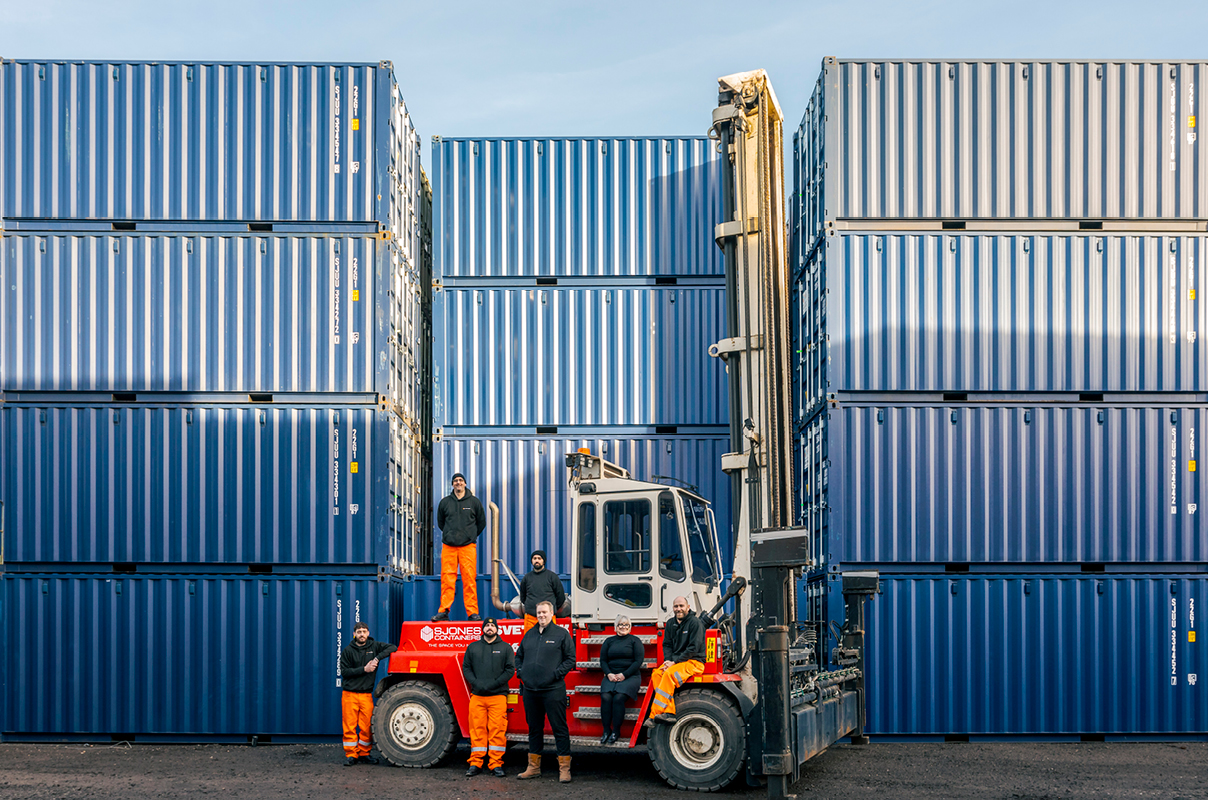
New to Buying Shipping Containers?
If you are in the market for your first shipping container order, we know finding the right product can be daunting. That’s why we have pulled together this shipping container buying guide where you can find:
- The difference between single trip, used & repainted containers
- How to ensure your container is secure
- How to prepare for delivery
- What groundworks are necessary before delivery
- How long delivery will take
Download guide here or chat with our experience sales team on 0808 115 3710
Why Choose S Jones?
Industry Experience
Distribution
Designers
Available
Certification
What makes S Jones different?
Choosing S Jones for your container solutions means selecting a partner renowned for exceptional customer service, quality products and unmatched speed of delivery. S Jones understands that efficiency and reliability are paramount. Our commitment to promptly meeting your needs without compromising on service quality sets us apart.
With a proven track record of delivering on our promises, we ensure that every interaction and transaction with us is smooth, quick, and entirely focused on fulfilling your specific requirements.
Trust in S Jones to be the best option for seamless, speedy and superior container services.
What Our Customers Say
Shipping Container for Sale FAQs
Where Do You Deliver?
Can we visit a Depot?
Can I Request a Specific Container Colour?
Do I Need Any Accessories for My Container?
Need Help?
Need help deciding which container is best for your requirements? Get in contact with our helpful team, they will be happy to assist.More than just a steel box
Tailored, high-quality containers for quick, disruption-free installation











